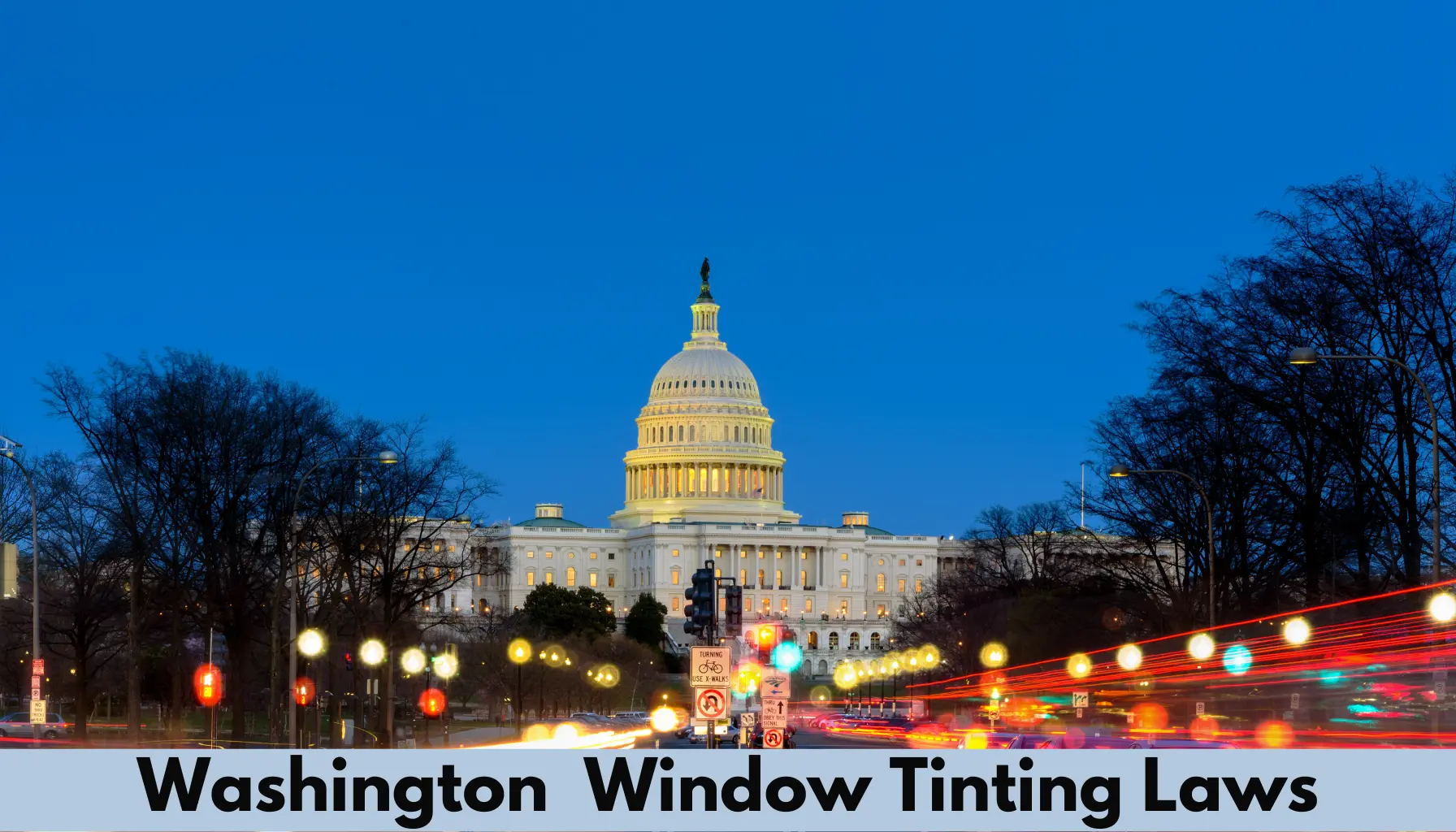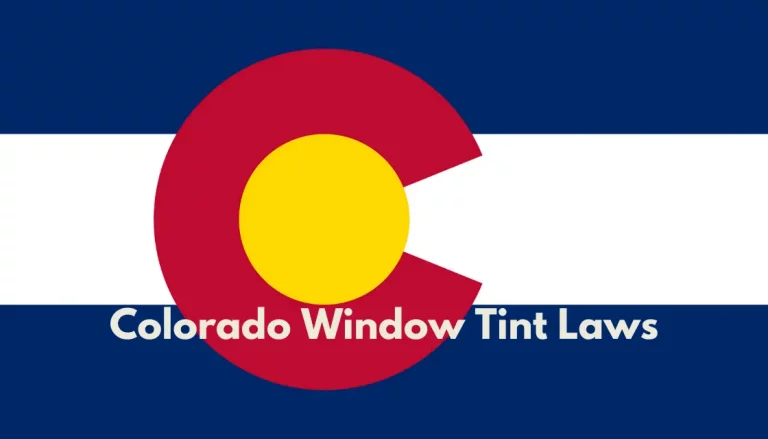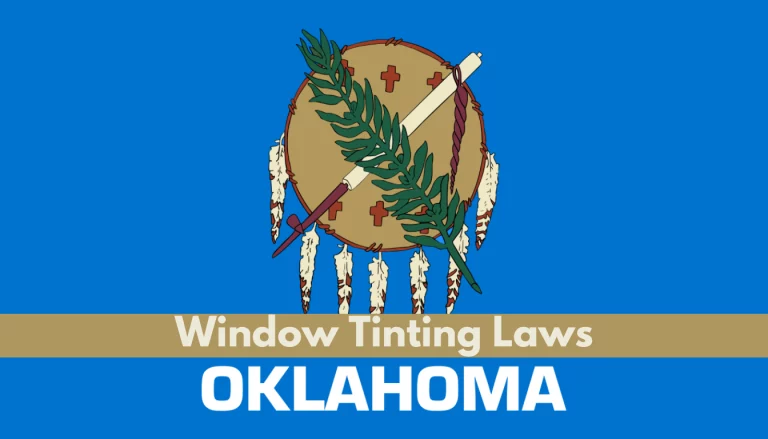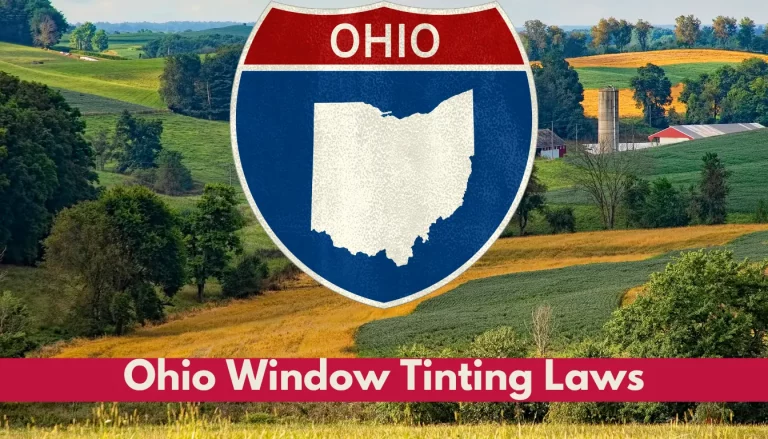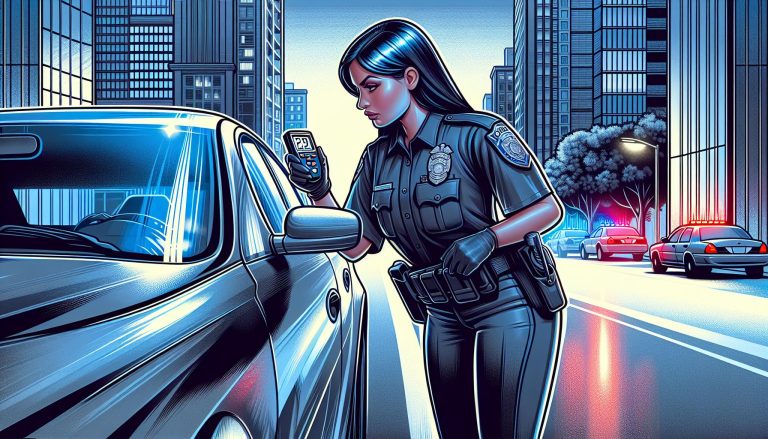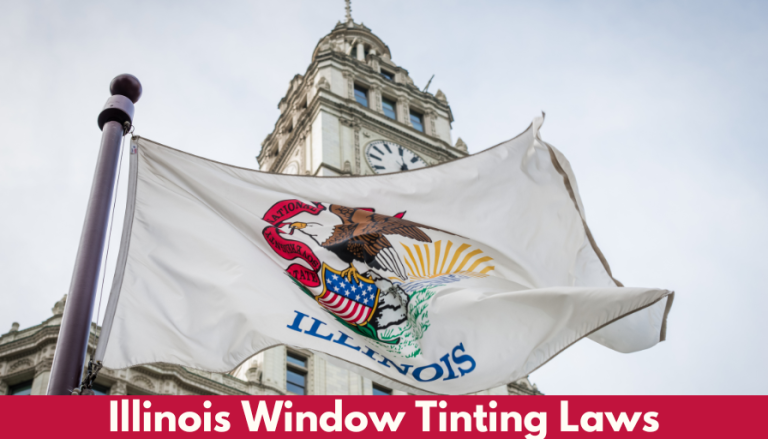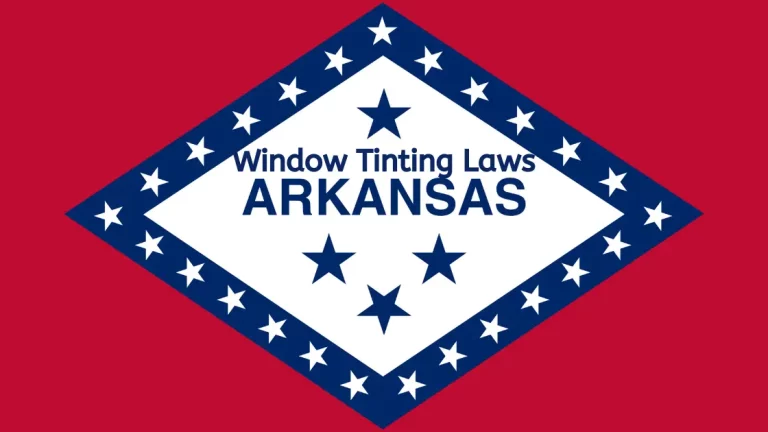Washington Window Tinting Laws: Reflectivity and VLT Rules
If you’re cruising through the evergreen state, you might be considering some sleek window tint for your ride. But before you do, let’s talk about Washington’s window tinting laws. I’m here to guide you through the legal side of getting that perfect shade for your car windows.
Washington has specific rules when it comes to how dark or reflective your window tint can be. I’ve navigated the ins and outs of these regulations and I’m ready to share my insights. Stay with me to ensure your tint meets the legal standards and keeps you on the right side of the law.
Knowing the do’s and don’ts of window tinting in Washington can save you from hefty fines and ensure your vehicle is road-legal. So let’s dive into what you need to know to make sure your tinted windows are not just stylish but also state-approved.
Understanding Washington Window Tinting Laws
When it comes to customizing your car with tinted windows in Washington state, it’s vital to familiarize yourself with the specific tinting laws to ensure compliance. Washington’s window tinting regulations are designed to balance aesthetic preferences with safety considerations.
The legal window tint limit for passenger vehicles involves a combined light transmittance and reflectance. According to the law, the front side windows must allow more than 24% of light in, and the backside and rear windows can have any darkness. For reflectance, there’s a cap set by the state to reduce the glare and reflection that can be a hazard for drivers.
It’s also crucial to note that Washington state law mandates the use of non-reflective tint on the top six inches of the windshield. This is to ensure the driver’s visibility is not impaired, particularly under adverse weather conditions or at night.
If you’ve recently moved to Washington or are considering tinting your vehicle windows, here are some bullet points to keep in mind:
- The front side windows must have 24% VLT (Visible Light Transmission) or higher
- The back side and rear windows may have any tint darkness
- Reflective tint is not permitted on the front side or back side windows
- A non-reflective tint strip is allowed on the windshield top
- Certification by the tint manufacturer is required in Washington
- Stickers identifying legal tinting are mandatory on the car
In terms of exemptions, certain medical conditions warrant a certificate that allows a darker tint than typically permitted. It’s important to carry this documentation to present upon request by law enforcement officers.
Adherence to these guidelines is not only about legal conformity; it’s also about your safety and the safety of others on the road. If you’re unsure about the specifications of your car’s tint, consulting with a professional or referring to a reliable light transmittance testing tool can save you from potential tickets and fines. Remember, these regulations may be subject to change, so it’s essential to stay updated on the latest window tinting laws in Washington state.
How Dark Can Window Tint Be in Washington?
When personalizing your car with window tint in Washington, understanding the restrictions on tint darkness is crucial. I’m here to help demystify the regulations so you can customize your vehicle without running afoul of the law.
In the Evergreen State, there’s a steadfast rule governing the front side windows. They must let in more than 24% of light. This requirement is all about visibility—for both the driver and law enforcement officers. Ensuring that a significant amount of light penetrates the front side windows is essential for safety during both day and night driving conditions.
For the rear side and back windows, things are a bit more lenient. Washington law permits any darkness, giving car owners the flexibility to opt for heavier tints in these areas. This flexibility allows for increased privacy and protection from UV rays, a bonus for those wanting to protect their car’s interior or enjoy a cooler cabin during the sunnier months.
Reflective tints, often favored for their flashy look and heat rejection properties, have stricter regulations. On the front and back side windows, they’re not allowed in Washington. Reflective tints can mirror the surroundings and potentially dazzle other drivers or obscure the view into the vehicle, which is why they’re restricted.
If you’re thinking of adding a strip to your windshield, you’ll need to stick to a non-reflective tint. It’s permissible along the top six inches of the windshield and can be a great way to reduce glare without significantly affecting visibility.
Here’s a clear breakdown of the key limits for Washington’s window tint darkness:
| Window Position | Tint Darkness Limit |
|---|---|
| Front Side Windows | Must allow more than 24% of light in |
| Back Side Windows | Any darkness allowed |
| Rear Window | Any darkness allowed |
| Windshield | Non-reflective tint is allowed on the top 6 inches |
It’s important to note that while these rules set the standard, exceptions exist for medical conditions, requiring further documentation. Always remember that staying within the legal boundaries for window tinting is not only about abiding by the law but also about maintaining optimal driving conditions and ensuring the safety of everyone on the road.
What are the Rules for Reflective Window Tint in Washington?
Reflective window tints can give vehicles a sleek, mirror-like appearance while also providing privacy and reducing heat inside the car. However, in Washington state, the use of reflective tints is subject to strict regulations to ensure road safety for all drivers. I’ve looked into the specific rules you need to follow if you’re considering reflective tints on your vehicle.
Firstly, reflective tints are not permitted on the front side windows. When it comes to the back side windows and rear windows, the laws do not explicitly prohibit reflective tint; however, you should avoid any tint that significantly reflects. This is because highly reflective surfaces can cause a glare that might impair the vision of other drivers. It’s important to strike the right balance between your car’s aesthetics and the safety of the roads.
Moreover, the laws specify that the reflection from any window tint should not be more than a certain percentage. These rules ensure that the tint doesn’t create a distraction or become a hazard on the road. You may want to check the specific percentages or get advice from a professional installer to make sure you’re within legal limits.
If you have a medical condition that requires you to limit your exposure to sunlight, you may be granted an exemption for darker or slightly more reflective tints. To qualify, you’ll need proper documentation from a licensed physician, and the exemptions typically have specific requirements about the amount of light transmission allowed.
Remember, staying informed about Washington’s window tinting laws and choosing the right type of tint can prevent penalties and ensure that you’re driving safely and legally. My advice? Always go to a reputable installer who understands the intricacies of Washington state laws and can provide you with high-quality tinting that won’t fall foul of regulations.
Exceptions to Washington Window Tinting Laws
Washington state’s window tinting laws have laid out specific regulations for the darkness and reflectivity of automotive window tints to ensure that they maintain visibility for safety. However, there are instances where exceptions to these rules are provided. I’ve found that these exceptions are primarily based on medical necessity, and they require documentation to back them up.
If you suffer from a medical condition that’s exacerbated by sunlight or bright light, such as lupus, melanoma, or photophobia, you may apply for an exemption. To do so, you’ll need a written statement from a licensed physician or optometrist. This statement must detail the nature of your condition and the specific reasons why a darker or more reflective tint than is normally allowed is needed. Remember, lying about a medical condition to obtain an exemption is a criminal offense.
Once you have the necessary documentation, you should carry it in your vehicle at all times. Law enforcement officers can request to see this documentation during traffic stops, so it’s crucial that the information is readily available.
| Criterion | Requirement |
|---|---|
| Documentation | Written statement from a physician or optometrist |
| Condition Specification | Details the medical condition requiring exemption |
| Tint Specification | Specifies the type of tint needed |
| Accessibility | Carry the document in the vehicle |
Keep in mind that even with an exemption, there are still limitations on the level of tint and reflectivity. The exemption allows for a darker tint but does not permit the use of mirrored or excessively reflective tints that might endanger public safety. The aim is to strike a balance between the individual’s needs and the wider community’s safety.
Reputable window tinting businesses will be well-versed in these exemptions and the appropriate application process. It’s essential to consult with a professional if you’re considering applying for a medical exemption to the window tinting law. They’ll guide you through choosing a tint that will not only bring you relief but also keep you within the bounds of the law.
When choosing a window tint, whether for medical reasons or simply for comfort and privacy, it’s important that you stay informed about regulations. Safety should always be a top priority, and adhering to Washington’s window tinting laws plays a crucial role in that.
Keeping Your Window Tint Legal and Safe in Washington
When it comes to staying on the right side of the law, I can’t stress enough the importance of ensuring your vehicle’s window tint meets all of Washington State’s regulations. Washington State Patrol enforces these rules, and non-compliant vehicles may be subject to fines or mandatory removal of the tint.
To ensure you’re in compliance, there are a few steps you should take:
- Check the VLT percentage: Visible Light Transmission, or VLT, is the measure of how much light your tint lets through. In Washington, the legal VLT limit is 24% for the front side windows and any percentage for the rear side and back windows—but there’s a catch. Even if the back windows could technically be darker, they can’t be reflective. So, it’s not just about darkness; it’s about reflectivity too.
- Verify reflectivity: As we discussed earlier, reflective window tint on front side windows is a no-go. For the rear side and back windows, the tint’s reflectivity should be mild.
- Carry proper documentation: If you have a medical exemption that allows you to have darker tints, make sure the documentation is always in your vehicle. Authorities will need to see it if you’re stopped.
When selecting a tint, keep in mind that the quality of the film can affect your safety and the longevity of the tint job. Low-quality tints may fade or bubble, leading to decreased visibility and a less-than-professional look. That’s why it’s essential to:
- Choose high-quality film
- Work with experienced professionals
- Ensure there’s a warranty or guarantee on the installation
Remember that the goal of window tinting laws in Washington is not to limit your style choices but to maintain a safe environment for all drivers. Properly installed and legal window tint can reduce glare, protect against UV radiation, and enhance the aesthetic appeal of your vehicle. Always consult with reputable window tinting services to ensure that the film applied to your vehicle will be both legal and safe.
Conclusion
Staying informed about Washington’s window tinting regulations is crucial for any vehicle owner looking to enhance their ride. I’ve outlined the key points to ensure your tint meets state standards and maintains road safety. Remember, while you might crave that sleek look, it’s essential to prioritize visibility and avoid unnecessary penalties. If you’re considering window tinting, always choose a reputable installer who understands these legal requirements. Drive safe and enjoy the added comfort and style that comes with a professional tint job, all while staying within the confines of the law.

